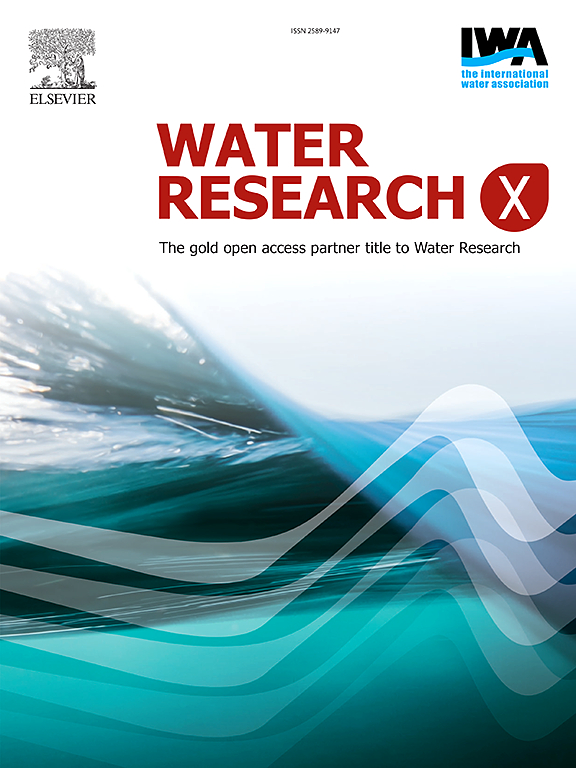Machine learning-driven benchmarking of China's wastewater treatment plant electricity consumption
IF 7.2
2区 环境科学与生态学
Q1 ENGINEERING, ENVIRONMENTAL
引用次数: 0
Abstract
Benchmarking electricity consumption of wastewater treatment plants (WWTPs) is fundamental for sustainable wastewater management, as these facilities have a concomitant electricity-intensive nature along with their pollutant removal and resource recovery functions. Due to the challenge of characterizing influent water quality using traditional methods, satisfactory benchmarks have long been elusive. To overcome the complexity of wastewater compositions, an unsupervised machine learning algorithm, spectral clustering, is introduced to analyze 2,576 WWTPs across China, effectively characterizing influent quality as a single variable and contributing to robust benchmarks with 75 % of the fittings achieving coefficients of determination (R2) >0.85. The benchmarks are established with four critical parameters influencing electricity consumption: scale, influent quality, discharge standard and treatment process. Regional variations of the four parameters and their effects on regional WWTP electricity consumption are elaborated. Results indicate that the overall influent concentration characterized by spectral clustering is the major influencing factor of regional WWTP annual average electricity consumption per unit of volume (UEC). The findings not only enhance understanding of WWTP electricity consumption patterns and provide a scalable model for wider application, but also demonstrate a novel methodology for addressing multi-variable problems.

求助全文
约1分钟内获得全文
求助全文
来源期刊

Water Research X
Environmental Science-Water Science and Technology
CiteScore
12.30
自引率
1.30%
发文量
19
期刊介绍:
Water Research X is a sister journal of Water Research, which follows a Gold Open Access model. It focuses on publishing concise, letter-style research papers, visionary perspectives and editorials, as well as mini-reviews on emerging topics. The Journal invites contributions from researchers worldwide on various aspects of the science and technology related to the human impact on the water cycle, water quality, and its global management.
 求助内容:
求助内容: 应助结果提醒方式:
应助结果提醒方式:


